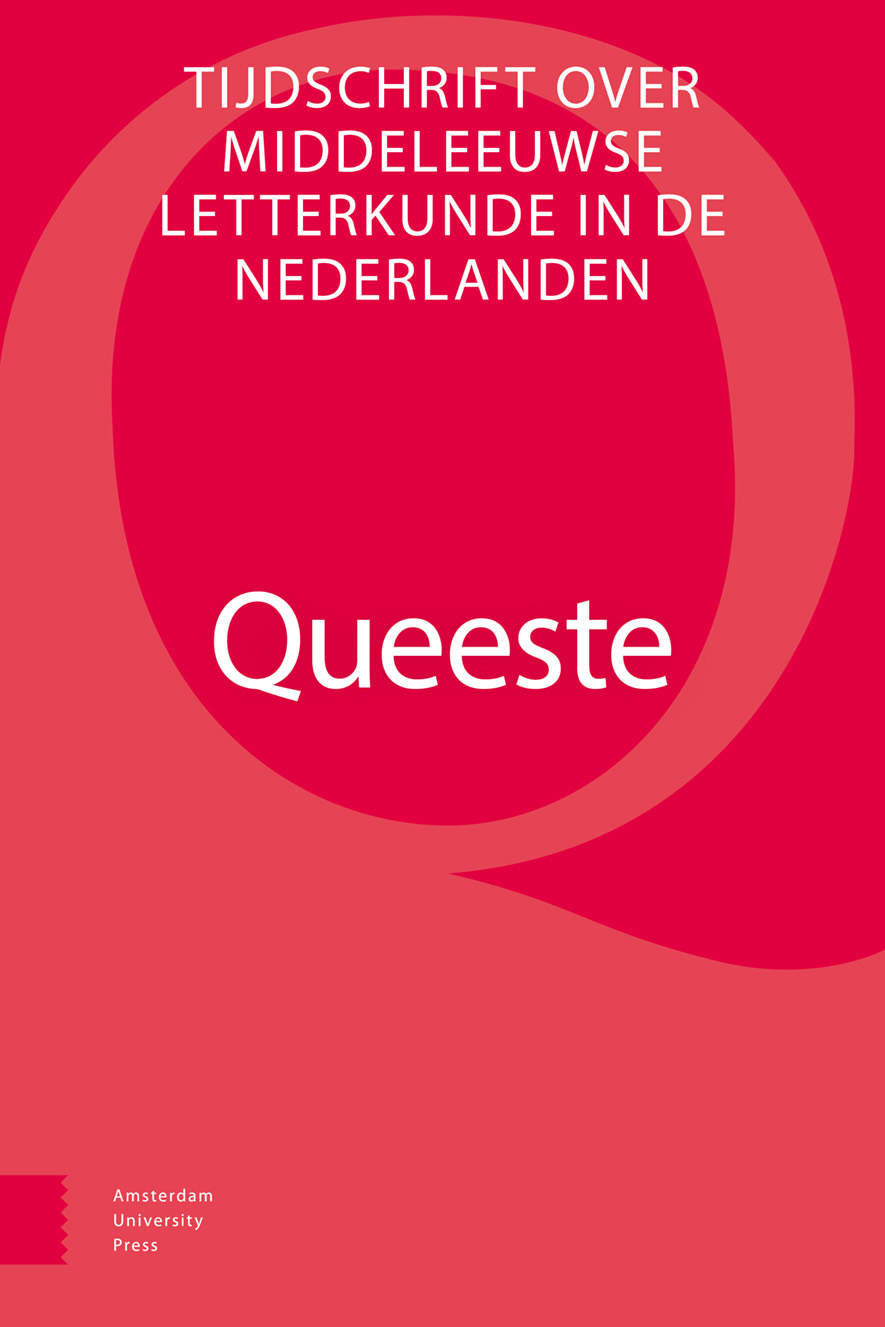-
oa Verborgen tranen en verboden verlangens
Over het emotief script van verinnerlijkt verdriet in Lantsloot vander Haghedochte
- Amsterdam University Press
- Source: Queeste, Volume 30, Issue 2, Dec 2023, p. 157 - 183
-
- 01 Dec 2023
Abstract
A key pillar in medieval courtly ethics was the principle of mesura, which prescribed a balanced and controlled experience of emotions. This courtly code of conduct has influenced Middle Dutch literature in general but is, according to previous research, particularly apparent in Lantsloot vander Haghedochte (c. 1250), a Middle Dutch adaptation of the Old French Lancelot en prose (c. 1215-1230). Frits van Oostrom (1981) examined the adaptation techniques of the Lantsloot-poet and noted a general tendency towards ‘idealization’, which also manifested itself in the display of emotions. Mainly in the case of grief, the Lantsloot-poet often reworked emotional expressions into ‘internalized experiences’, in which the grief is not (or less) shown to the outside world. According to Van Oostrom, such ‘internalizations’ were the result of the Lantsloot-poet’s preference for courtly mesura. In this contribution, I will argue that there are counter-indications that cast doubt on Van Oostrom’s hypothesis. Drawing on the recently developed theory of the ‘emotive script’ and ‘emotive literary identity’ (Rikhardsdottir 2017), I will present textual evidence indicating that the emotive script of ‘internalized grief’ does not primarily stem from the ideal of courtly mesura, but rather is linked to the concealment of intense, amorous or at least ‘private’ feelings.


